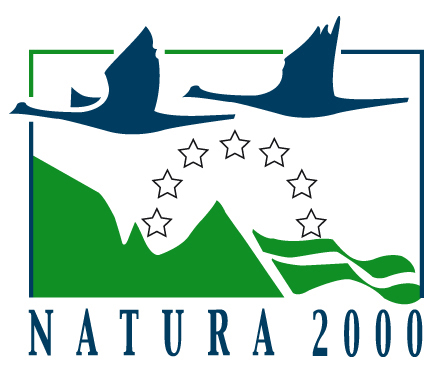At the EU level, nature and biodiversity are protected by several points of law. The start of this full commitment to nature protection dates back from April 1979 with the adoption of the EU Birds Directive, which provides comprehensive protection to all wild bird species naturally occurring in the Union. In order to help maintain biodiversity, the Habitats Directive was adopted in 1992. It protects over 1000 animals and plant species and over 200 habitat types. This is when establishment of the EU wide Natura 2000 network of protected areas also started. Beside legislation, the new Biodiversity Strategy was adopted in 2011, setting out 6 targets and 20 actions to halt the loss of biodiversity and ecosystem services in the EU by 2020.
When it comes specifically to Natura 2000, European legislation defines two types of areas within the Natura 2000 network: Special Protected Areas (SPA), which are established in accordance with the EU Birds Directive and Special Areas of Conservation (SAC), in accordance to the EU Habitats Directive.
The legislative aspects are particularly important when talking of Natura 2000. Only with alignment of laws, can the same rules be applied in all of the protected areas. This is why candidate countries need to start early on with the adjustments in their legal framework and this is the case with our country as well. As part of the project “Strengthening the capacities for implementation of Natura 2000” harmonization of the national legislation with the EU Directives related to nature protection will be done, draft amendments to the Law on Nature Protection and other primary and secondary legislation will be prepared and this will set the basis for the changes that need to take part prior to becoming part of the EU.
It is also important to emphasize that although European legal framework has the same basis and general objective, it is up to the country itself to make sure that the adopted legislation is adjusted to the local conditions.



